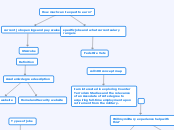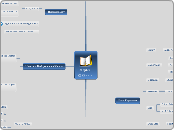по Miguel Ivan 6 лет назад
699
Uruguay
Uruguay experienced significant political turmoil during the late 20th century, marked by a military dictatorship that began with the 1973 coup d'état. The regime, which lasted until 1985, was characterized by severe human rights violations, including torture and the disappearance of political dissidents.









